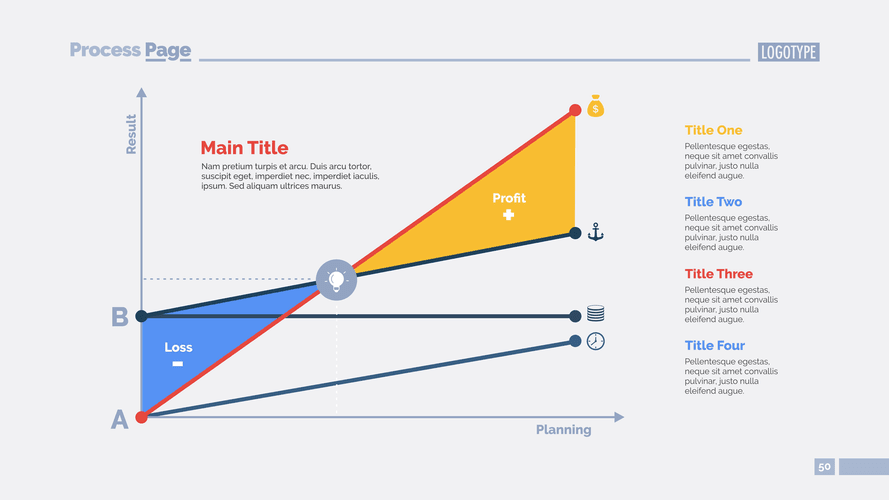Why a Virtual Bookkeeping Assistant Is a Great Investment

You should think about both your clients’ and your own financial management when choosing an online accounting package. Keep in mind that you’ll be using it to manage your personal funds as well. Clients will value you considerably more if you know how to use accounting software. Software technologies simplify online bookkeeping, allowing you to work more effectively. Keep in mind that you must be self-driven, organized, and have excellent time management skills.
Invoice management

Whether you prefer to communicate via email, phone, or video conferencing, Delegated has you covered. With the help of a Zirtual virtual assistant, you can have confidence that your financials are in order and that your business is operating in compliance with all tax laws. Zirtual is truly the best in the business when it comes to handling all of your bookkeeping needs. If you want to save costs and time, managed virtual assistant services are best over the long term.

Administrative Support, Hiring, Virtual Administrative Assistant
Additionally, they have access to Excel invoice templates that may be customized to meet certain business requirements. The healthcare industry in the United States is grappling with a severe talent shortage that threatens the quality and accessibility of patient care. They offer an extra hand with organizing files, making calls, and other simple administrative tasks.
What Is The Difference Between A Bookkeeper and An Accountant?

Still, while the role of a virtual assistant bookkeeper is no different from an in-house bookkeeper, there are slight differences in how they operate. The Bureau of Labor Statistics predicts a 7% increase in demand for accountants between 2020 and 2030. Just like when you hire a regular employee, they’ll need to go through your training and on-boarding to understand your business, processes, and expectations. If you need help, contact our team and we will provide support, strategy guidance, and resources to make training easier. The services that Virtual Latinos’ provides have assisted with organizational and financial success.

FAQs related to Interview Questions For Bookkeepers
- That’s not factoring in the potential for money-saving opportunities that come with an experienced bookkeeper overseeing your expenses, income, and taxes.
- One of the key reasons for this is that Double has a rigorous hiring process, only accepting 0.5% of applicants.
- By eliminating geographical constraints, businesses can access a global talent pool, potentially finding specialized skills that align with their unique requirements.
- Just remember the budget you have set aside for hiring a virtual assistant bookkeeper and start from there.
- In case you were wondering, there are some core differences between the roles played by a bookkeeper and an accountant in businesses.
Using task management tools like Trello enhances task visibility and optimizes workflows, a strategy frequently employed by leading firms in the accounting virtual assistant industry. Many best 50 virtual bookkeeping assistant companies empower startups and enterprises with tech-driven solutions. Additionally, a virtual bookkeeper allows entrepreneurs to focus on core business activities cash flow while ensuring their finances are in capable hands.
- Not only that, but they can also use previous budgets, spending data, and revenue data to help you make future budgeting and business decisions towards future business growth.
- From basic bookkeeping to tax preparation, these professionals bring expertise to businesses looking to streamline their financial operations without needing an in-house accountant.
- This way, even if you don’t communicate daily, you’ll still be aware of what work is completed by your assistant.
- I am very happy with the assistance Virtudesk is providing for my real estate business.
- As you can see, there is plenty of resources on bookkeeping virtual assistant, guidance, and courses online that will teach you how to become a virtual bookkeeper.
- Virtual bookkeeping services also take charge of handling invoices, ensuring every transaction between a business and its clients or suppliers is accurately recorded and processed.
- They also watch over the flow of money, keeping an eye on incoming payments and managing any discrepancies or delayed payments efficiently.
- Hiring an accountant to handle these things is the quickest solution, but getting a full-time, in-house employee can be expensive.
- They are ideal for businesses looking for administrative and bookkeeping support.
- The importance of the job to the client influences the rate you may charge more than anything else.
After all, these people spend all their time doing bookkeeping and know what they’re doing. Tax season is that time of the year that not everyone looks forward to, to put it lightly. While there are several benefits to DIY bookkeeping, hiring a professional for their working knowledge of tax law and regulation might be worth it. Your VA can help ensure that https://www.bookstime.com/articles/invoice-matching the whole bookkeeping process is done “by the book” so you or your accountant won’t run into any issues when filing. On the other hand, accounts receivable management is all about collecting money owed to your business by another entity. It entails tracking and collecting payments or purchases made on credit by customers or clients for the use of a good or service.
- A necessary evil of all businesses is dealing with taxes, but it’s also an essential task.
- Since you’re hiring by the hour, any work that you need to be done (big or small), you’ll only need to pay the virtual bookkeeper for the hours that you’ve hired them.
- An assistant bookkeeper can keep track of all transactions going in and out of your business and catch any issues or inconsistencies.
- Their affordable services are designed to help businesses manage their finances more effectively.
- This involves understanding the various tax rates that apply to your products or services across different regions.
They keep track of transactions coming out and going into your business while looking out for inconsistencies and irregularities. The field of accounting and bookkeeping has changed significantly with the introduction of virtual assistants (VAs). The global market for virtual assistant services in finance is set to grow considerably in the next five virtual assistant bookkeeping years. The appeal of VAs comes from their cost-effectiveness, flexibility, and the broad skill set available globally. For businesses looking to hire dedicated and highly skilled bookkeeping virtual assistants, Virtual Latinos is a top reputable virtual staffing company.





